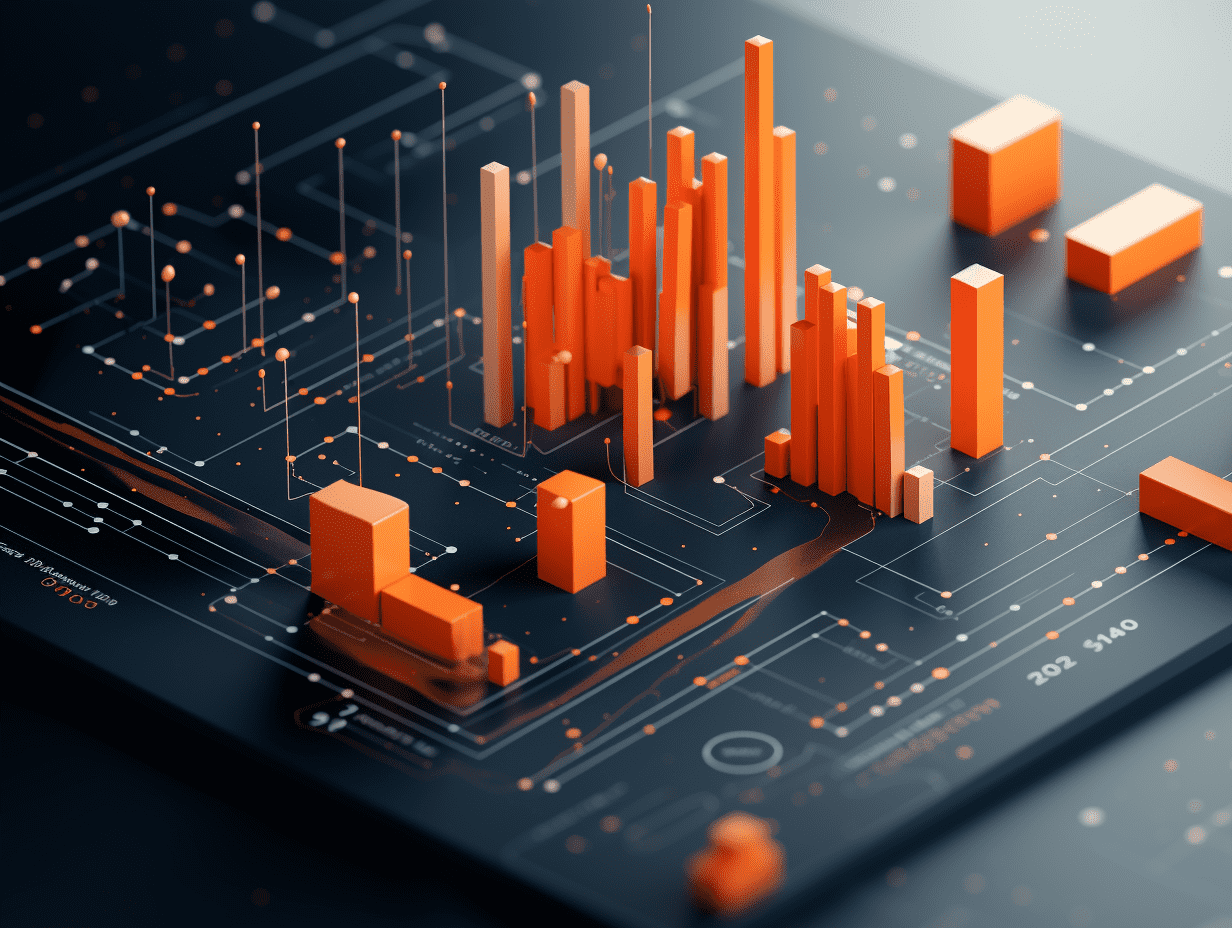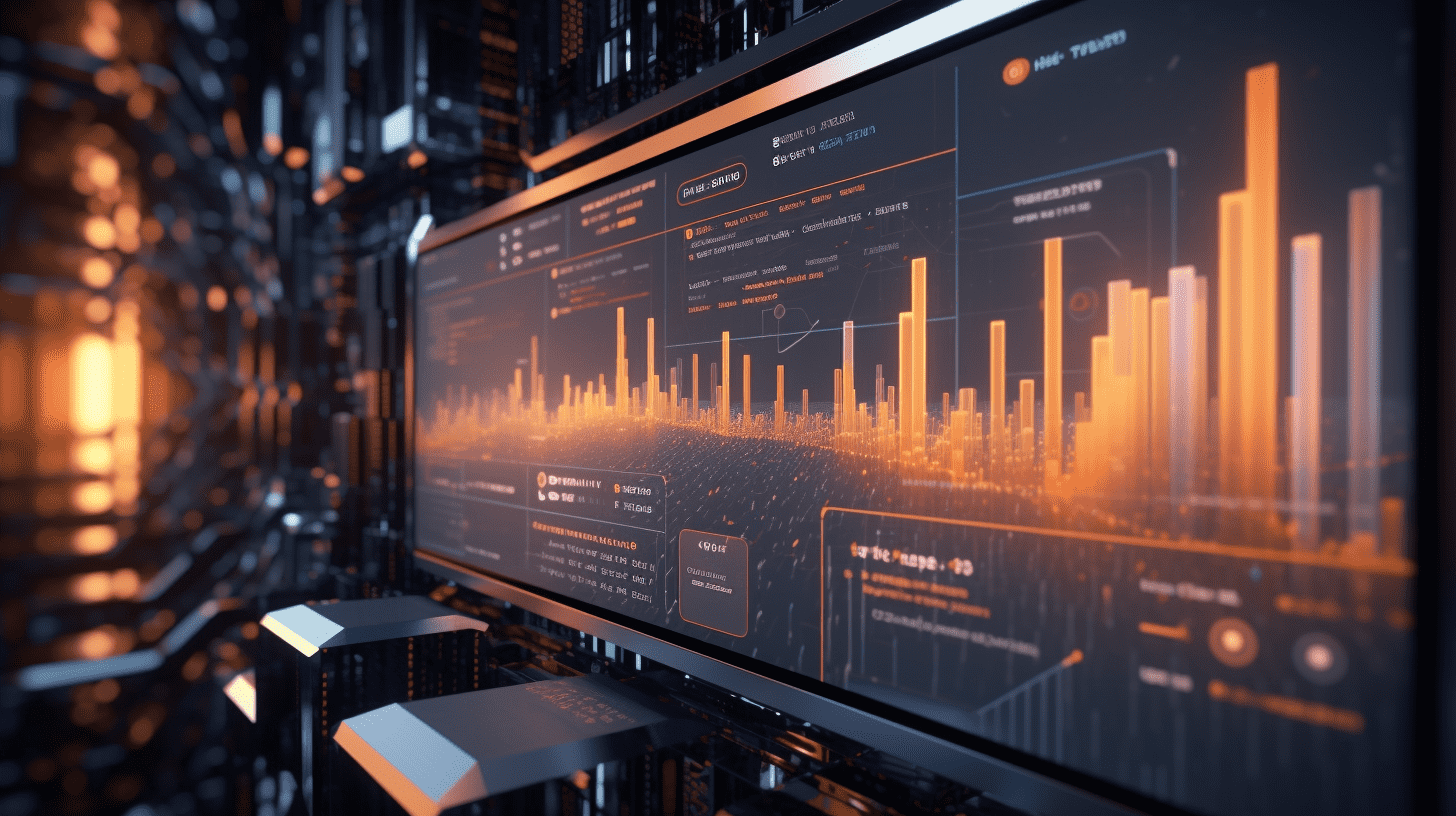U.S. stock market correction coming to an end? Morgan Stanley and Deutsche Bank speak out together: Now is the perfect time to position yourself for next year's new historical high!
Morgan Stanley and Deutsche Bank have successively expressed bullish views recently, believing that the current decline is nearing its end, and are optimistic that the US stock market will continue to strengthen next year, with the S&P 500 index expected to hit new highs again.
Recently, due to increasing concerns about the AI bubble and uncertainty about the possibility of a December interest rate cut by the Federal Reserve, the US stock market, led by technology stocks, has been experiencing continuous selling pressure. However, this has not affected Wall Street's optimistic outlook on the future trends of the stock market. Both Morgan Stanley and Deutsche Bank have recently expressed bullish views, indicating that the current downturn is nearing its end and they are optimistic about the continued strength of the US stock market next year, with the S&P 500 index expected to reach new highs.
Morgan Stanley: Short-term weakness is a good opportunity for positioning
Michael Wilson, a strategist at Morgan Stanley, stated that the recent selling pressure may be nearing its end. In a report released on Monday, the firm pointed out that "any further pullback in the short term would be a good opportunity to position for long positions next year." Their strategy team is bullish on consumer goods, healthcare, finance, industrials, and small-cap stocks.
The institution predicts that the S&P 500 index will climb to 7800 points in the next year, one of the most optimistic forecasts among Wall Street institutions. This target implies an about 18% upside from the current level, indicating a strong rebound from this correction.
Since the peak in October, the S&P 500 index has fallen by about 4% due to concerns about high valuations of technology stocks. However, Wilson wrote in the report, "Weakness signals within the market suggest that this adjustment is nearing its end, rather than just beginning." He also mentioned the possibility of continued volatility in the short term.
Wilson believes that the Federal Reserve will eventually implement interest rate cuts, which will support the stock market, while the development of artificial intelligence (AI) technology will enhance corporate efficiency.
It is worth noting that after the widespread imposition of tariffs in April this year, the stock market experienced a decline. However, Wilson remained bullish at that time, becoming one of the few analysts with an optimistic attitude. This judgment was eventually validated - the S&P 500 index rebounded to historic highs in the following months.
Deutsche Bank: Profit spread drives the long bull market, S&P 500 aims for 8000
Deutsche Bank is even more confident in its bullish outlook, believing that the drive for profit growth will spread beyond mega-cap tech stocks to a wider range of sectors, pushing the S&P 500 index to break through the 8000-point level by the end of 2026.
The bank's economists predict accelerated economic growth in the United States, with their stock strategists forecasting a 14% increase in earnings per share for the S&P 500 index next year to $320. This profit expectation not only provides support for the year-end target of 8000 points but also signifies that the market-leading sectors will expand from large-cap tech stocks to financials and cyclical sectors - as AI-related earnings spread to the entire economy.
Led by Jim Reid, the analyst team believes that 2026 will be "anything but a dull year" and points out that the rapid development of AI will continue to dominate market sentiment.
Reid stated, "Given the observed technological progress, it is almost certain that this will significant productivity gains in the coming years. However, the ultimate winners and losers will depend on the complex interplay of many evolving factors, many of which may not become clear until after 2026."
Reid also pointed out that after a volatile 2025, the US economy seems to be on a more solid footing next year. The uncertainty caused by tariff policies is gradually easing, and the boost to household income from tax cuts will inject momentum into economic growth. The bank's economists have raised their forecast for US GDP growth in 2026 to 2.4%.
Reid said, "This growth acceleration, particularly in the first half of 2026, is being driven by a technical rebound after the government shutdown, loose financial conditions aided by the Federal Reserve interest rate cuts, fiscal support (including larger tax refunds), and the easing of trade uncertainty."
For 2027, the bank's economists expect US economic growth to remain near potential levels (2.1%), but they warn of multiple downside risks, including weak job growth, inadequate financial resilience among low-income households, soft capital spending outside of the AI sector, and a potential continuation of corporate layoffs.
Related Articles

Federal Reserve Chairman nominee Waller supports interest rate cuts in December and may switch to a "step-by-step meeting" decision-making mode starting in January of next year.

The UK's new budget is about to be announced: With a fundraising target of 300 billion, the banking and real estate industries are expected to become targets for tax increases.

S&P 500 critical support under pressure! Breaching 6550 points may trigger a deeper pullback.
Federal Reserve Chairman nominee Waller supports interest rate cuts in December and may switch to a "step-by-step meeting" decision-making mode starting in January of next year.

The UK's new budget is about to be announced: With a fundraising target of 300 billion, the banking and real estate industries are expected to become targets for tax increases.

S&P 500 critical support under pressure! Breaching 6550 points may trigger a deeper pullback.






